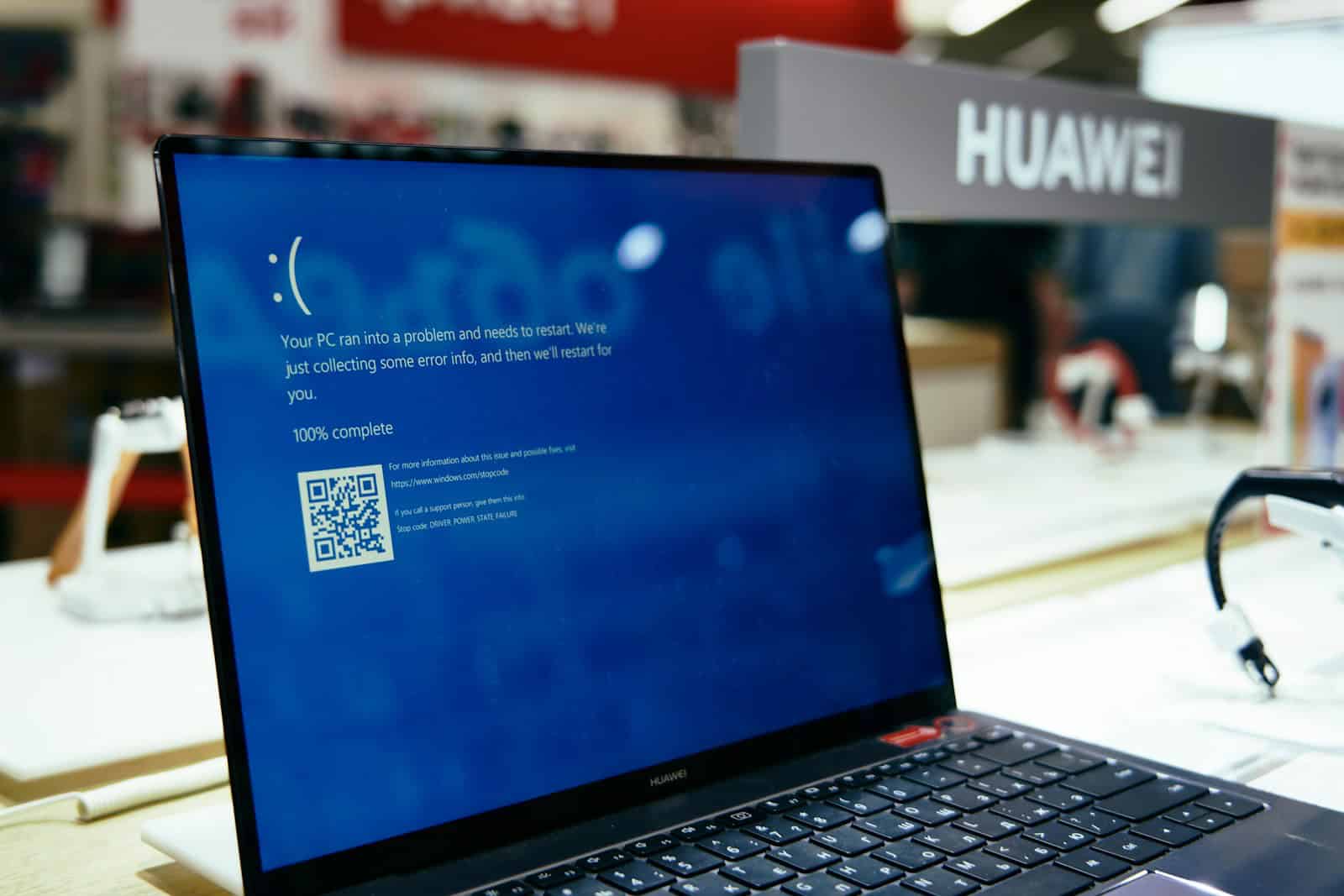Few things are more frustrating than a PC that shuts down without warning. Random shutdowns can interrupt your work, gaming, or browsing—and they usually signal an underlying hardware or software problem that needs attention. The good news? With a systematic approach, you can often find the cause and fix it before it leads to bigger issues.
Here’s a deeper dive into the most common causes, plus actionable troubleshooting tips to get your computer stable again.
Common Causes of Random PC Shutdowns
| Cause | Details |
|---|---|
| Overheating | CPU or GPU temperatures get too high, triggering emergency shutdown to prevent hardware damage. |
| Power Supply Issues | Faulty or aging power supplies can’t deliver stable power, leading to sudden shutdowns. |
| Loose or Faulty Cables | A loose power connector or failing motherboard cable can disrupt the system. |
| RAM or Storage Problems | Bad RAM sticks or failing SSD/HDDs can cause random restarts or crashes. |
| Driver or BIOS Problems | Outdated drivers or buggy BIOS settings can trigger shutdowns under load. |
| Malware or Virus Infection | Malicious software can destabilize your system and cause forced shutdowns. |
| Windows or Software Bugs | Corrupted system files or a bad update can crash your computer at random. |
Step-by-Step Troubleshooting
1. Check for Overheating
High internal temperatures are a leading cause of random shutdowns.
- Monitor temperatures using free tools like HWMonitor or Core Temp.
- Open your PC case and check for dust buildup, especially on fans, heatsinks, and vents.
- Clean with compressed air if necessary.
- Check thermal paste: If you built the PC yourself or it’s been years, your CPU thermal paste might need replacing.
Tip: Most CPUs start throttling at 85°C+ and can shut down at 100°C.
2. Inspect the Power Supply Unit (PSU)
An unreliable PSU can cause inconsistent power delivery.
- Listen for buzzing sounds or burnt smells coming from the PSU.
- If possible, test with a spare PSU.
- Make sure the power cord and wall outlet are in good condition.
Fact: Power supplies lose efficiency over time. A 5+ year-old PSU is a frequent suspect in random shutdown cases.
3. Reseat and Test Components
Sometimes physical connections are the problem.
- Unplug and replug RAM sticks, GPU, and storage drives.
- Make sure cables are firmly attached to the motherboard and power supply.
- Run a RAM test with MemTest86 and check your SSD/HDD health using CrystalDiskInfo.
4. Update Drivers and BIOS
Software-level stability is just as important.
- Update GPU drivers, chipset drivers, and network drivers.
- Visit your motherboard manufacturer’s site to check for BIOS updates.
- If you’ve recently updated and the problems started, consider rolling back drivers.
Caution: BIOS updates should be handled carefully—follow instructions exactly to avoid “bricking” your motherboard.
5. Scan for Malware and Corrupt Files
Malware or corrupt system files can also force unexpected shutdowns.
- Run a full antivirus scan (Windows Defender, Malwarebytes, etc.).
- Use sfc /scannow and DISM /Online /Cleanup-Image /RestoreHealth from Command Prompt to repair system files.
6. Check Windows Event Viewer
Windows logs many shutdown-related errors here.
- Press
Windows + X, select Event Viewer. - Navigate to Windows Logs > System.
- Look for critical errors at the times your PC shut down.
Common error codes to watch for:
- Kernel-Power 41 (unexpected shutdown)
- Event ID 6008 (previous shutdown was unexpected)
These can point you toward hardware, driver, or system issues.
When to Seek Professional Help
If your troubleshooting still doesn’t solve the issue—or if you’re seeing things like:
- Sudden power-offs even in BIOS
- Blue screens (BSODs) with memory or hardware error codes
- Visible motherboard damage (e.g., blown capacitors)
…it’s a good idea to consult a professional technician. Sometimes the motherboard, PSU, or CPU itself may be failing.
Quick Troubleshooting Checklist
| Action | Status |
|---|---|
| Check system temperatures | ✅ |
| Inspect power supply and cables | ✅ |
| Reseat RAM and GPU | ✅ |
| Update drivers and BIOS | ✅ |
| Scan for malware and corrupt files | ✅ |
| Analyze Event Viewer logs | ✅ |
Random PC shutdowns are almost always solvable, but finding the root cause sometimes requires patience. Starting with basic maintenance and working your way through more detailed tests will help you catch most issues early—before they cause permanent damage.
Key Takeaways
- A PC may shut down due to overheating or power issues.
- Cleaning, updating drivers, and scanning for malware can help.
- Proper troubleshooting restores performance and productivity.
Diagnosing and Addressing Hardware Issues
When a PC shuts off randomly, many times, the issue is tied to the hardware. This can include power supply issues, overheating, problems with RAM or the motherboard, CPU or GPU malfunctions, and storage drive health.
Power Supply Unit Concerns
The power supply unit (PSU) can cause random shutdowns. A faulty or inadequate PSU won’t provide consistent power. Check if the PSU meets the power requirements of the components. If the output is lower than needed, replace it. Ensure all cables are securely connected. Inspect for any visible damage. Replace damaged cables and parts. Testing the PSU with a multimeter helps check for correct voltage output.
Overheating and Ventilation
Overheating is a common cause of shutdowns. Ensure proper airflow within the case. Clean dust from vents, fans, and components. Dust clogs can cause CPU and GPU to overheat. Use thermal paste between the CPU and its cooler to improve heat transfer. Monitor CPU and GPU temperatures with software tools. If temperatures are high, consider additional fans or better cooling solutions.
Checking RAM and Motherboard
Faulty RAM can lead to system instability. Run memory diagnostics tools like MemTest86 to check RAM health. Reseat the RAM sticks to make sure they’re firmly in place. If a motherboard has damaged slots, it can cause random shutdowns. Check for physical damage or burnt components on the motherboard. Replacing faulty RAM or motherboard components may be necessary if problems persist.
Inspecting CPU and GPU Performance
If the CPU or GPU overheats or malfunctions, random shutdowns can occur. Check the state of each using monitoring software. Look for signs of overheating, such as high temperatures under normal load. Inspect the physical condition for any burn marks or damage. Consider reapplying thermal paste or upgrading the cooling solutions if temperatures are too high. Faulty CPU and GPU often need replacement to fix the issue.
Hard Drive and Storage Health
Storage drive health is crucial for stable PC operation. Use tools like CrystalDiskInfo to check hard drive health. Look for bad sectors or signs of failure. Slow performance or unusual noises can indicate a failing drive. Replace it if any issues arise. For SSDs, check for firmware updates and overall health status. Keeping backups of data ensures no loss if the drive fails.
By following these guidelines, you can identify and fix hardware issues leading to random PC shutdowns. Proper maintenance and timely replacements are key to keeping the system stable.







